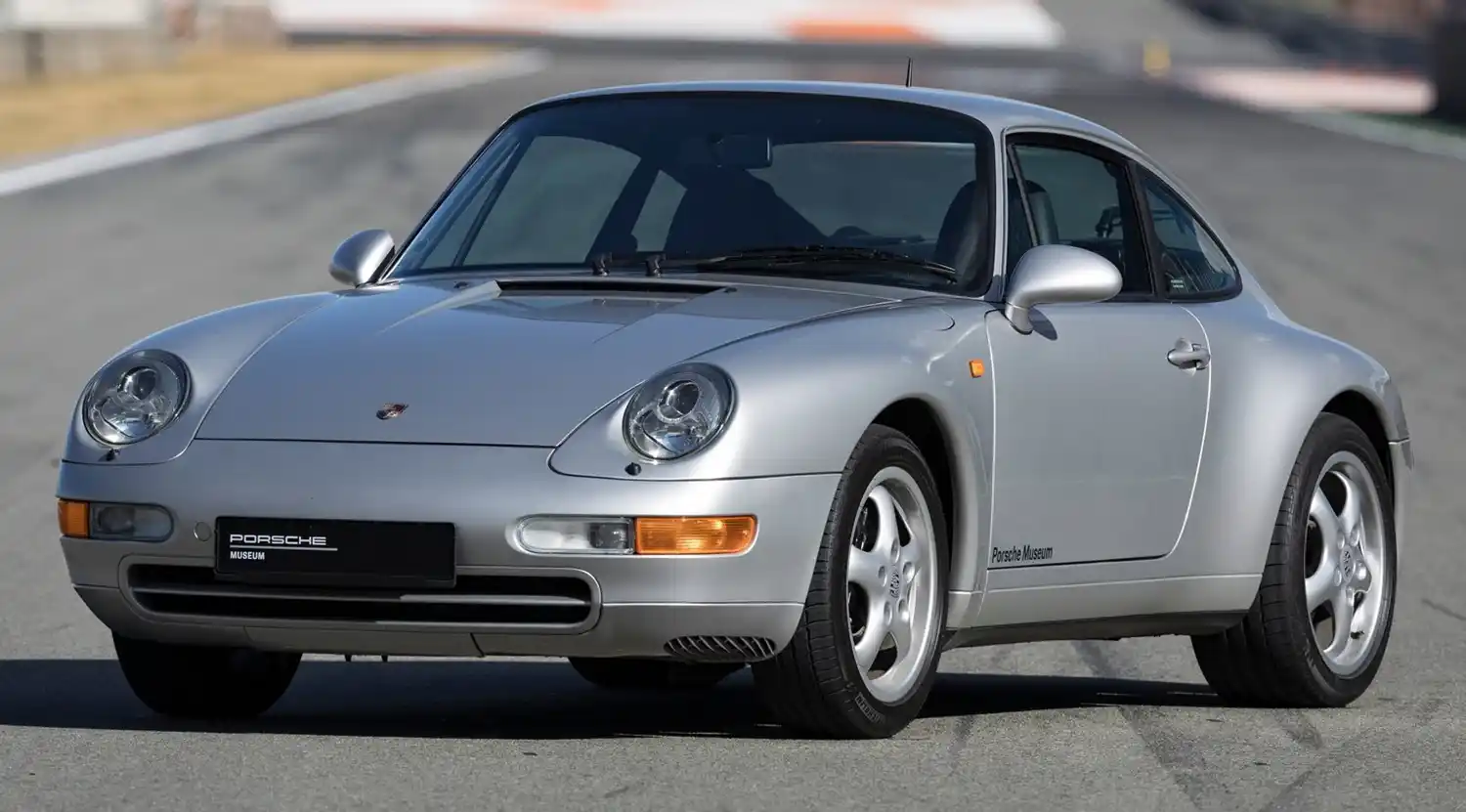
One thing is certain, and not just for fans of sports cars from Zuffenhausen: the fourth generation of the 911 – the 993 – is one of the most desirable editions in the history of this classic vehicle. Although practically only the roofline remained unchanged, the new model impressed with an exciting interpretation of the 911 design DNA beginning in 1993. The natural interplay of concave and convex forms, integrated bumpers, flush-mounted windows and the wide rear end with its angled tail-light panel set the hearts of almost all sports car enthusiasts aflutter. Even the new front wings – a flatter design made possible by new polyellipsoid headlights – quickly found widespread approval.
The 993 also underlined its leading position in the sports car segment with its technical features – such as the completely redesigned LSA aluminium chassis, which combined lightweight construction, stability and agility. Up to the present day, the multi-link suspension is considered to be the ultimate development stage of the “Weissach” rear axle, which made history with its self-steering properties. The result: even better driving dynamics and enhanced suspension comfort.
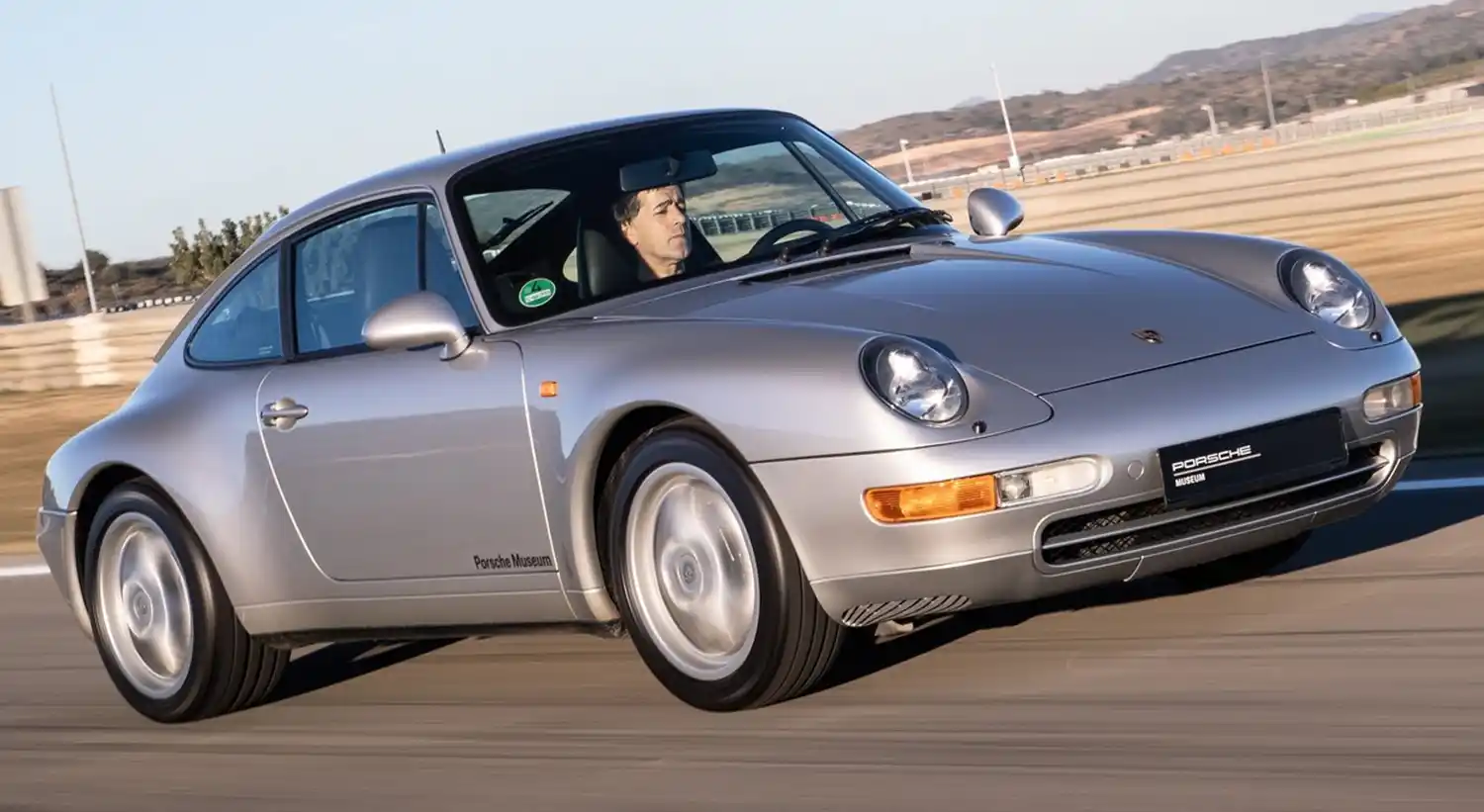
The new generation also set standards with its drive unit: the Porsche 911 Turbo with standard all-wheel drive came with two turbochargers in 1995. The effect: outstanding 408 PS. At the same time, the 3.6-litre biturbo engine impressed with the lowest exhaust emissions of all series-production units at the time. At the rear of the two-wheel-driven 911 GT2 – and limited to an edition of 100 – it even produced up to 450 PS.
Initially, Porsche offered the 993 only as a Coupé and Cabriolet. The Targa did not make its debut until 1995, at which time it arrived with a new concept: Instead of a removable hardtop, it had a broad electric glass roof which slid under the rear window. There was also another body variant as a series-production model: the all-wheel-drive Carrera 4S – followed slightly later by the Carrera S – combined the wide body and chassis of the 911 Turbo. Only the rear wing was omitted.
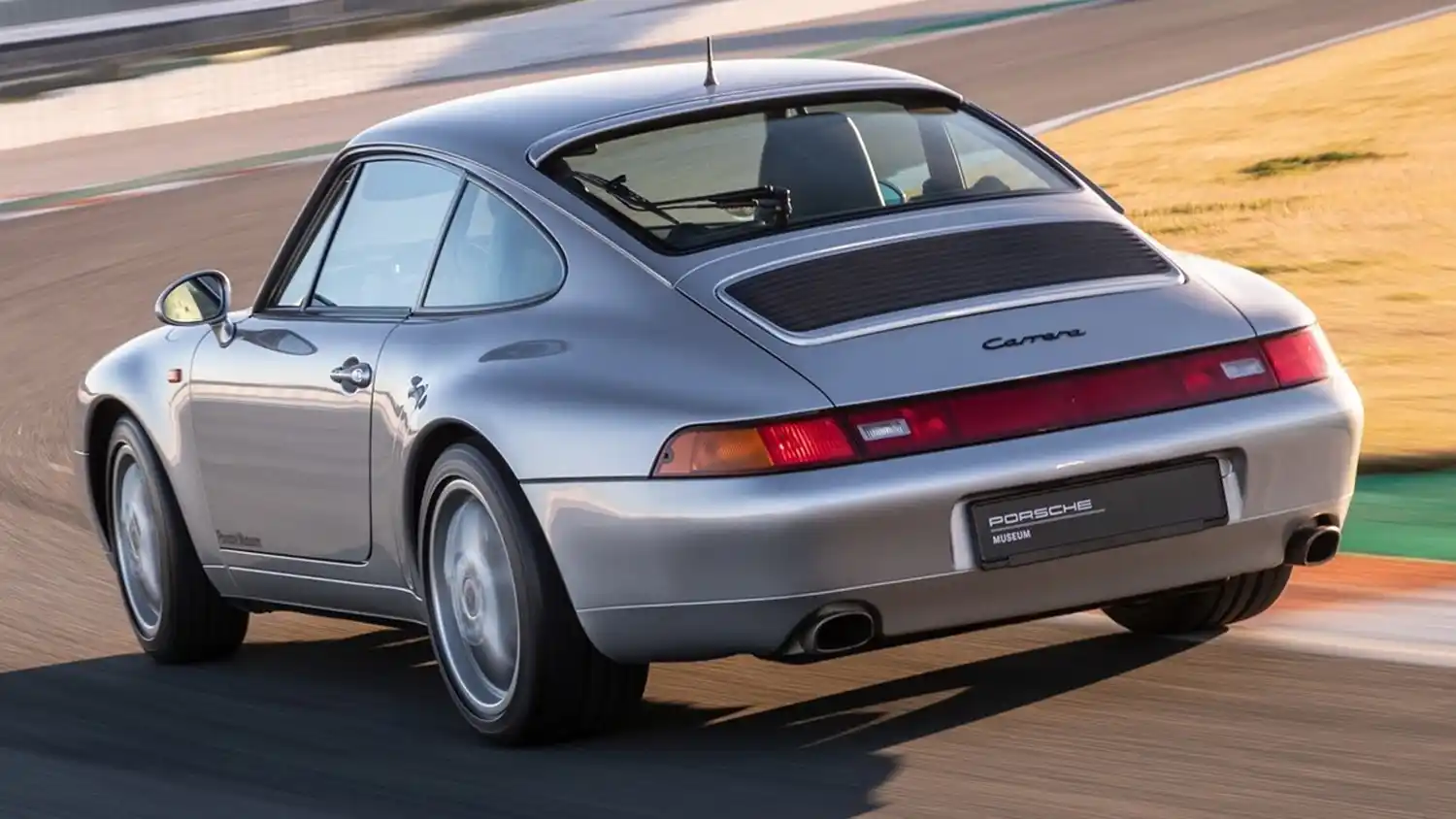
The flat-six engine provided another reason why the 993 is so popular among collectors and fans: it was the last 911 unit to feature classic air cooling. Initially with a power output of 272 PS, the two-valve model – again equipped with twin-spark ignition – already delivered 285 PS from 1995 onwards. Porsche also optionally offered a 300 PS variant. The manual transmission was also new: with a top speed of now up to 270 km/h, it received a sixth forward gear to cover this speed range without curtailing the engine’s power development due to a long ratio. The gear changes were also once again more precise.
In the end, staking everything on the Porsche 911, Type 993 paid off for Porsche. The chapter of air-cooled engines in this unique model history ended with the fourth generation of this iconic sports car in 1998. The second era then started after 35 years. It was the beginning of a time that would see unparalleled success. For the 911. And for Porsche. Porsche produced a total of 68,881 vehicles of the Type 993 between 1993 and 1998.
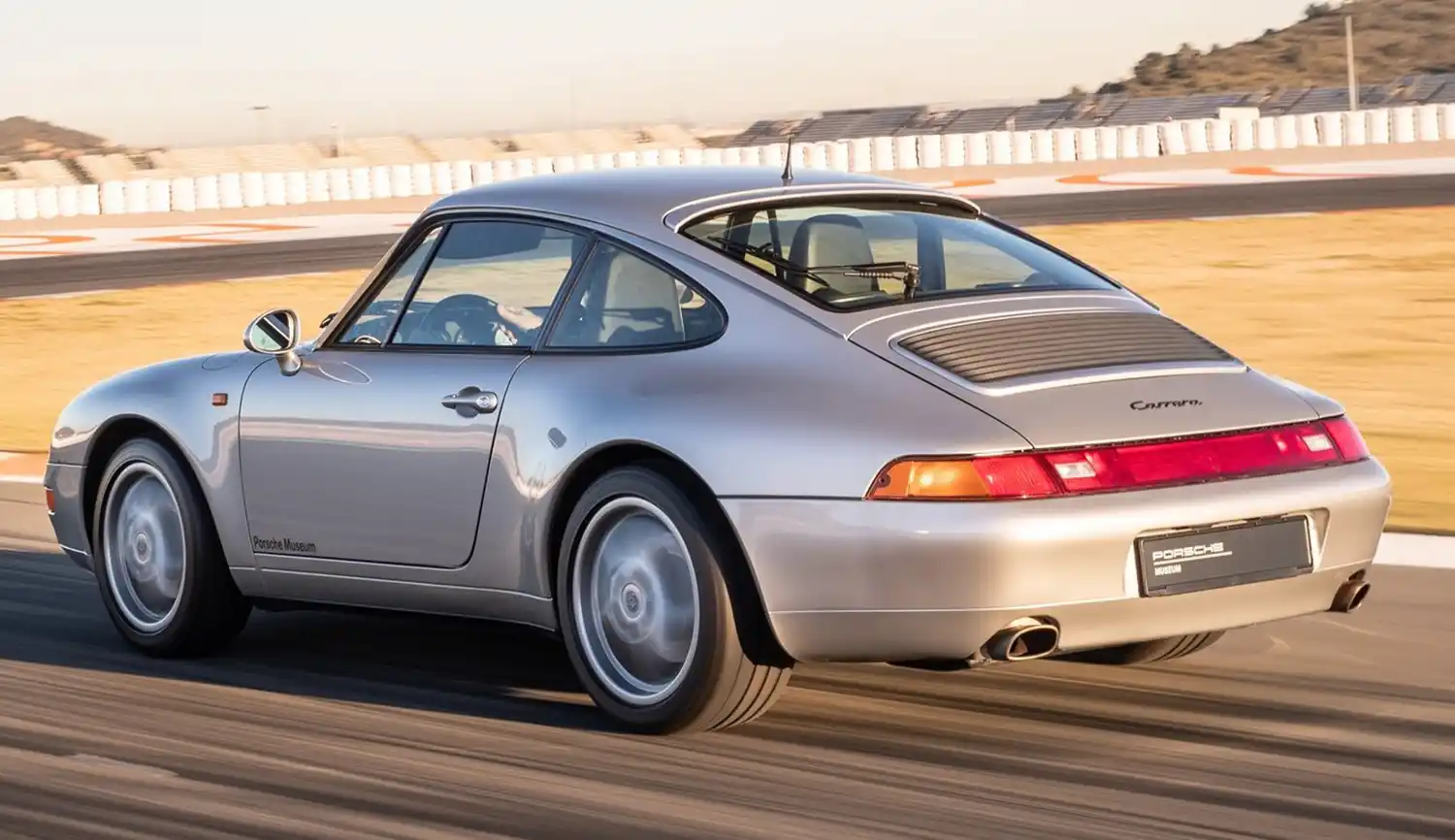
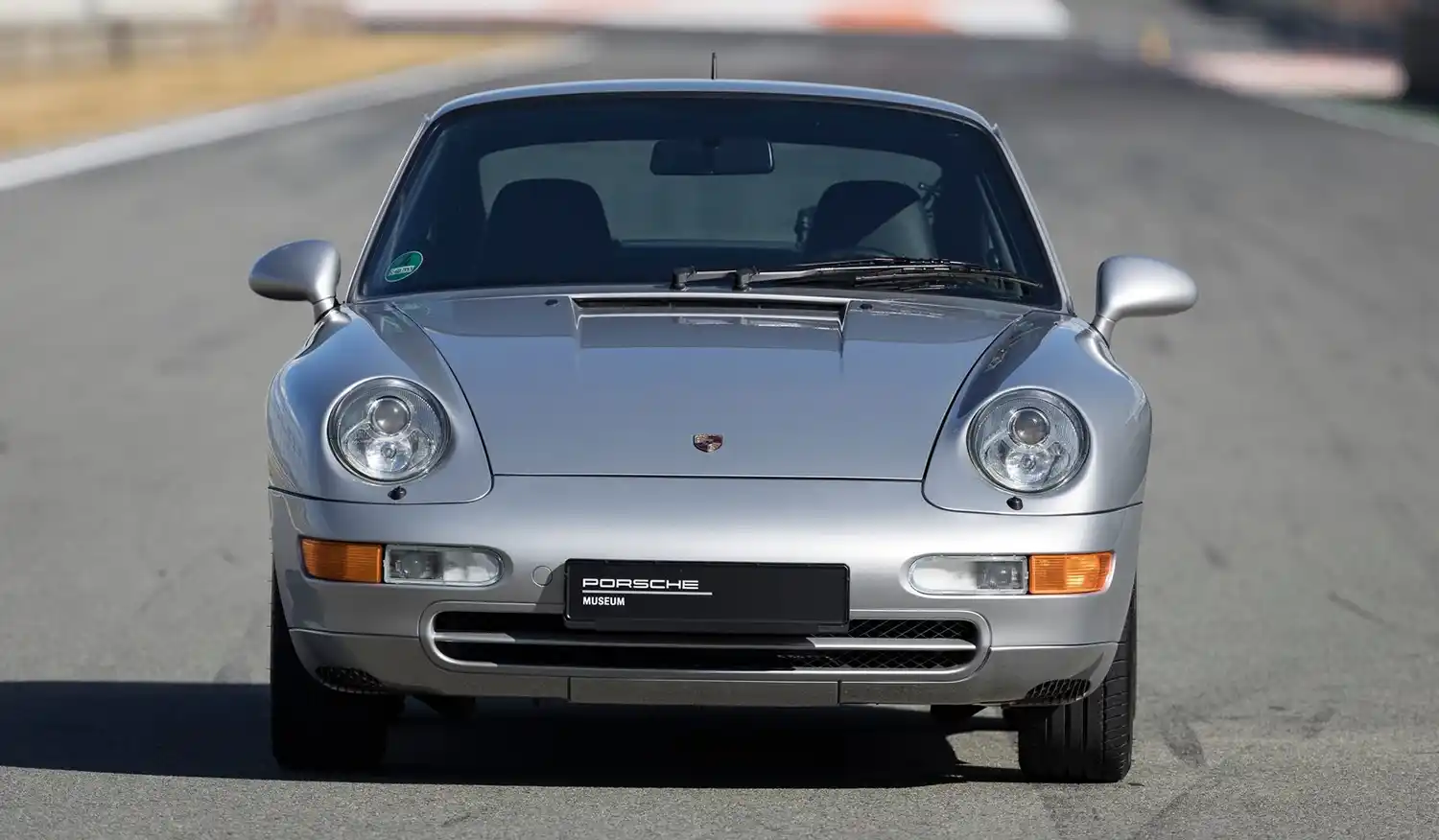

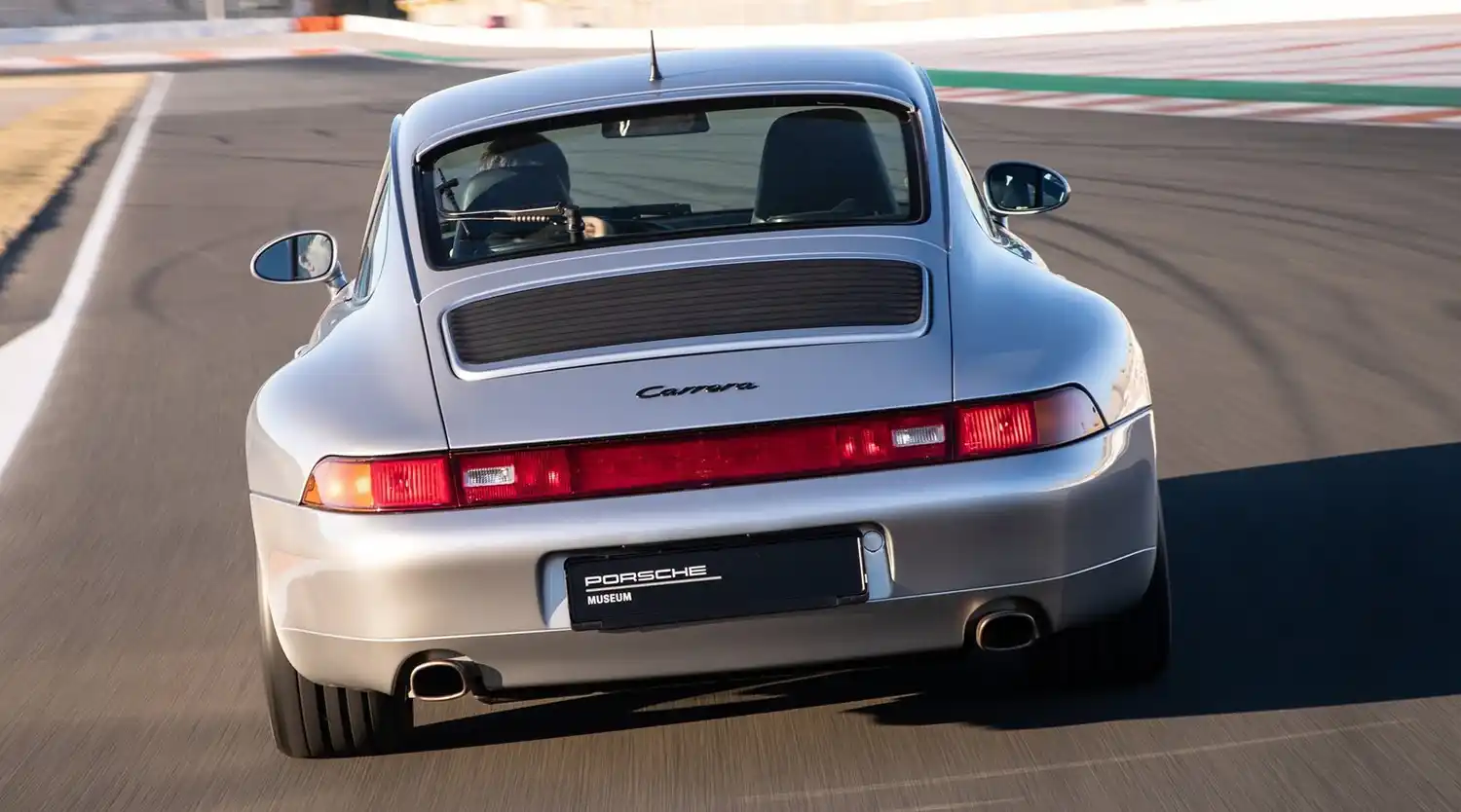

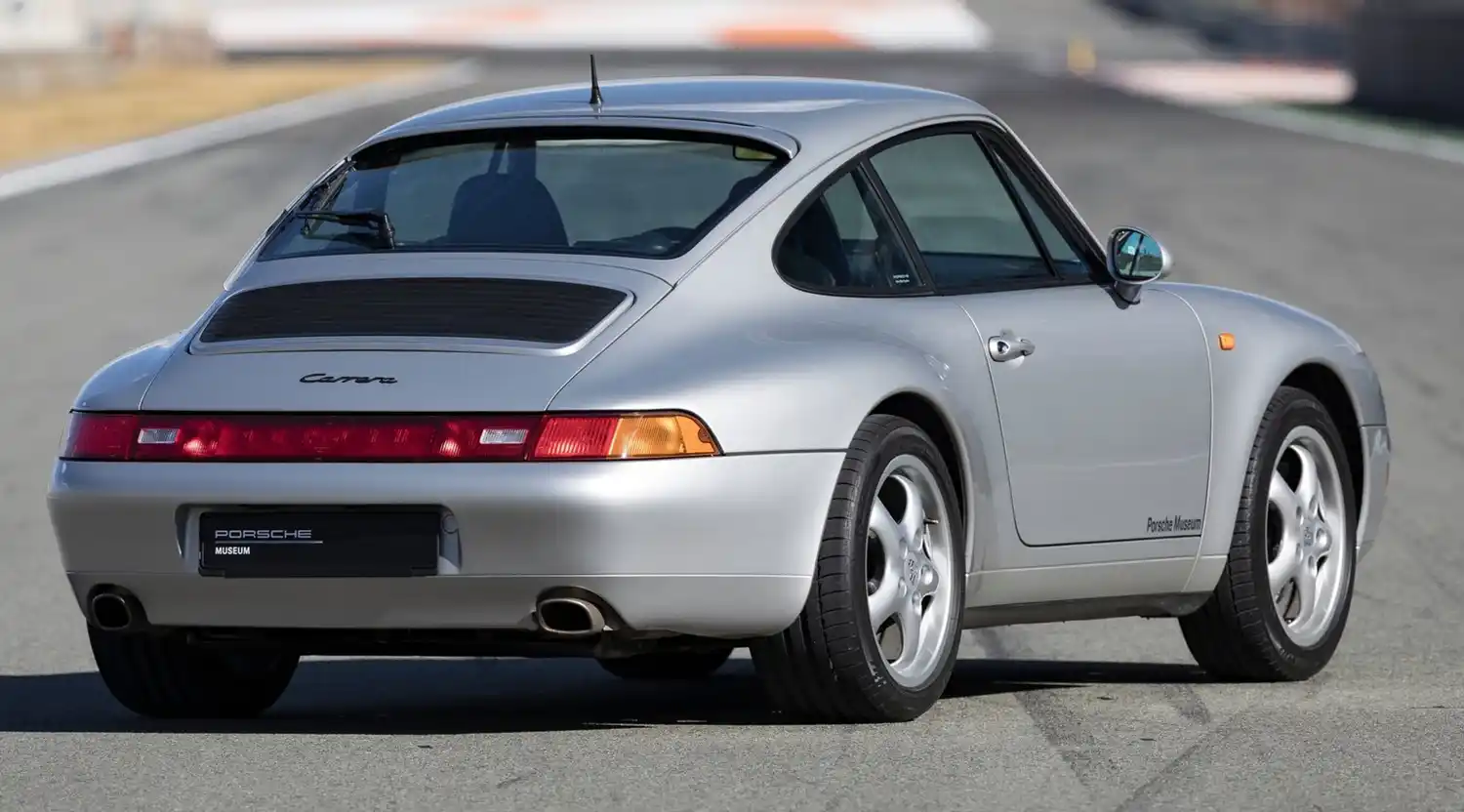


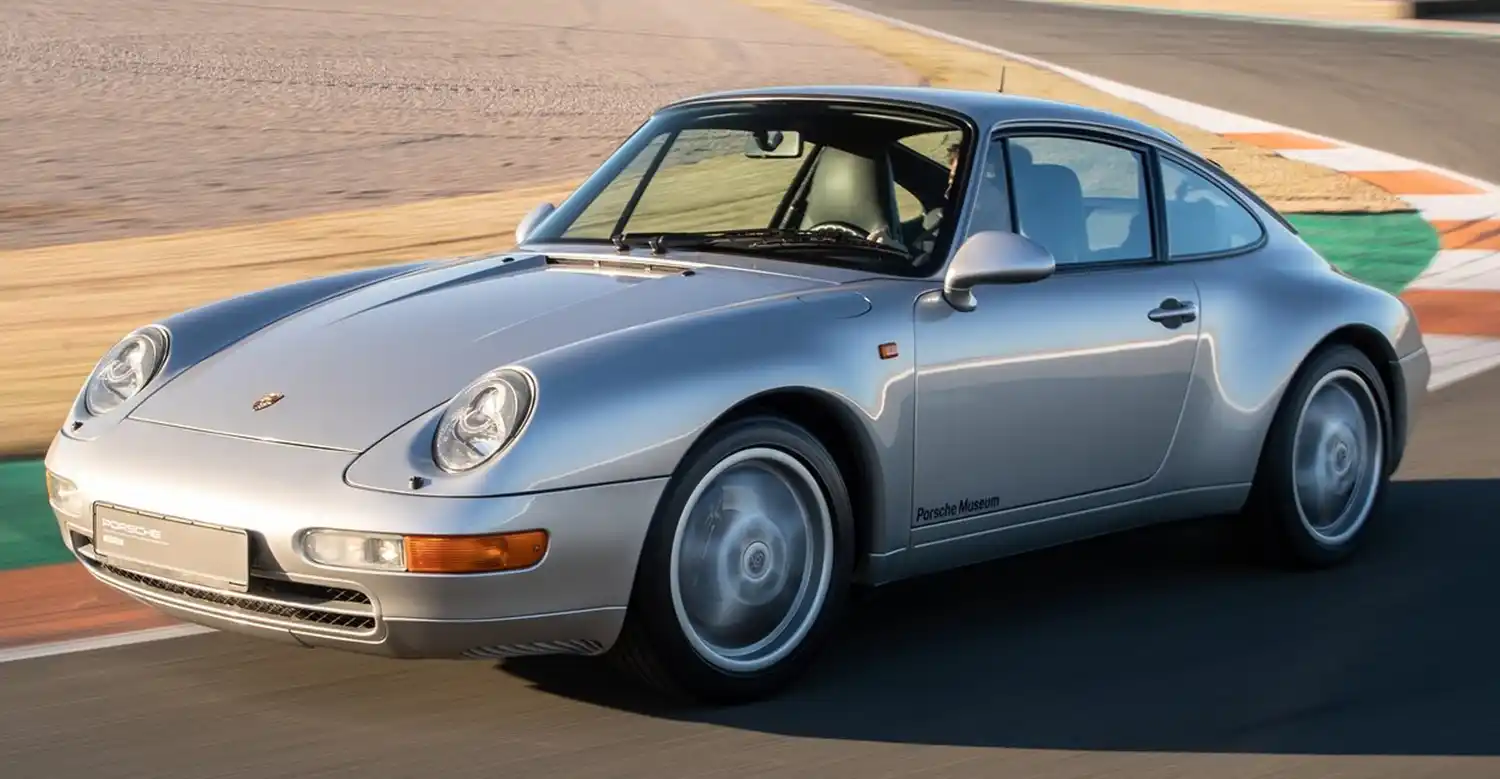

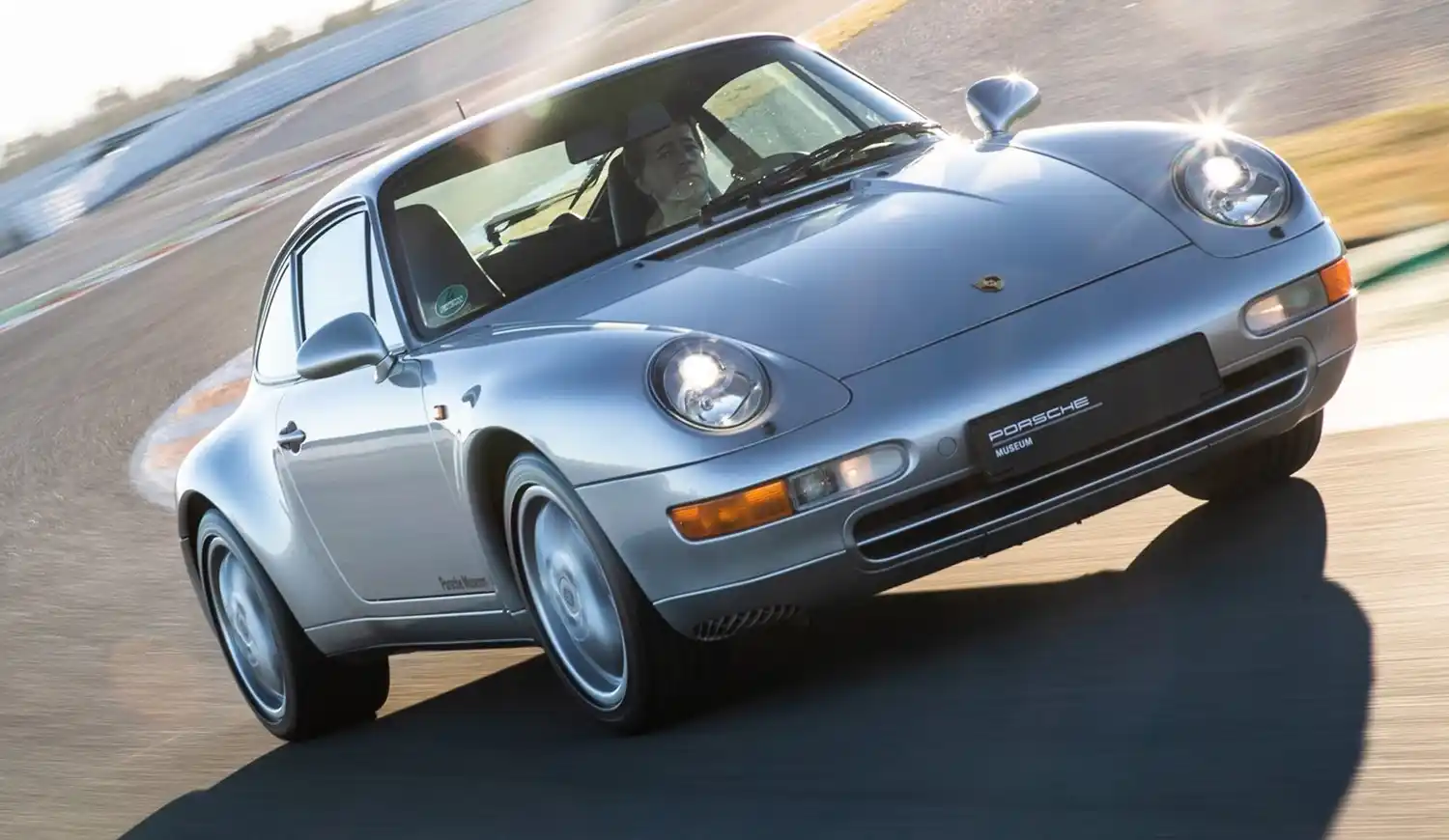
The post Porsche 911 Carrera (Type 993) appeared first on Wheelz.me-English.




